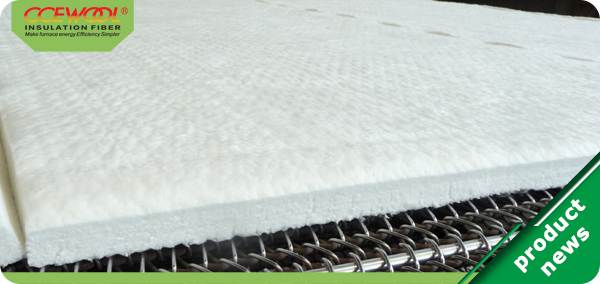Refractory ceramic fibers is a type of irregular porous material with complex micro spatial structure. The stacking of fibers is random and disorderly, and this irregular geometric structure leads to the diversity of their physical properties.
Fiber density
Re refractory ceramic fibers produced by glass melting method, the density of the fibers can be regarded as the same as the true density. When the classification temperature is 1260 ℃, the density of refractory fibers is 2.5-2.6g/cm3, and when the classification temperature is 1400 ℃, the density of refractory ceramic fibers is 2.8g/cm3. The polycrystalline fibers made of aluminum oxide have a different true density due to the presence of micro pores between the microcrystalline particles inside the fibers.
Fiber diameter
The fiber diameter of refractory ceramic fibers produced by high-temperature melt injection molding method ranges from 2.5 to 3.5 μ m. The fiber diameter of the refractory ceramic fibers produced by high-temperature rapid spinning method is 3-5 μ m. The diameter of refractory fibers is not always within this range, and most fibers are between 1-8 μm. The diameter of refractory ceramic fibers directly affects the strength and thermal conductivity of refractory fiber products. When the fiber diameter is relatively large, the refractory fiber products feels hard when to touch, but the increase in strength also increases the thermal conductivity. In refractory fiber products, the thermal conductivity and strength of fibers are basically inversely proportional. The average diameter of alumina polycrystalline is generally 3 μ m. The diameter of most of refractory ceramic fibers is between 1-8 μ.
Post time: May-04-2023


